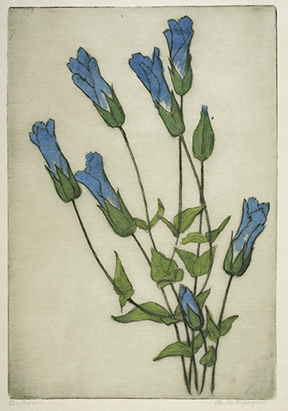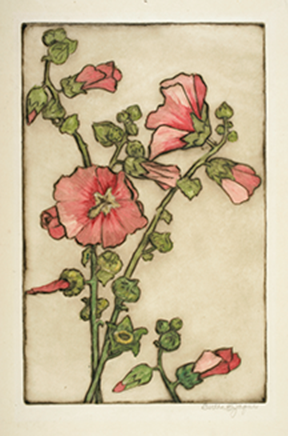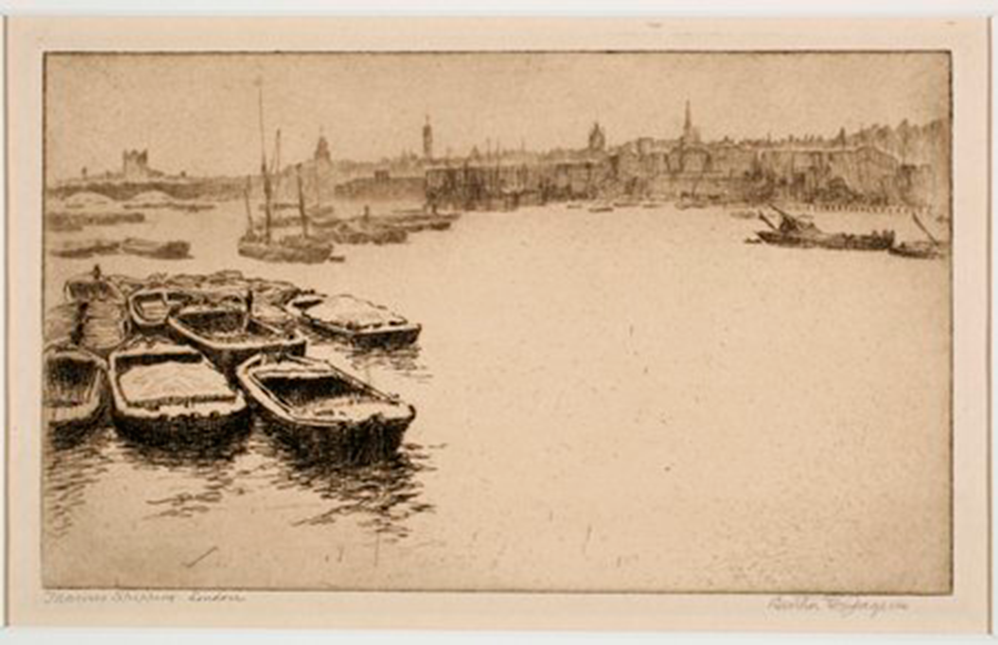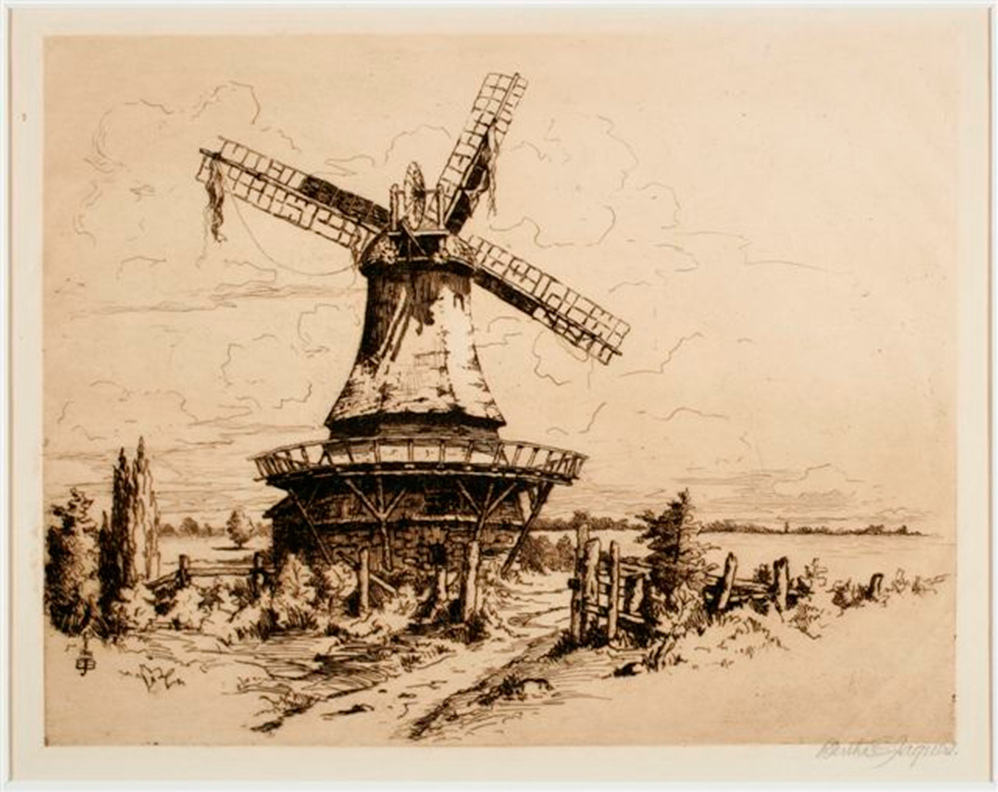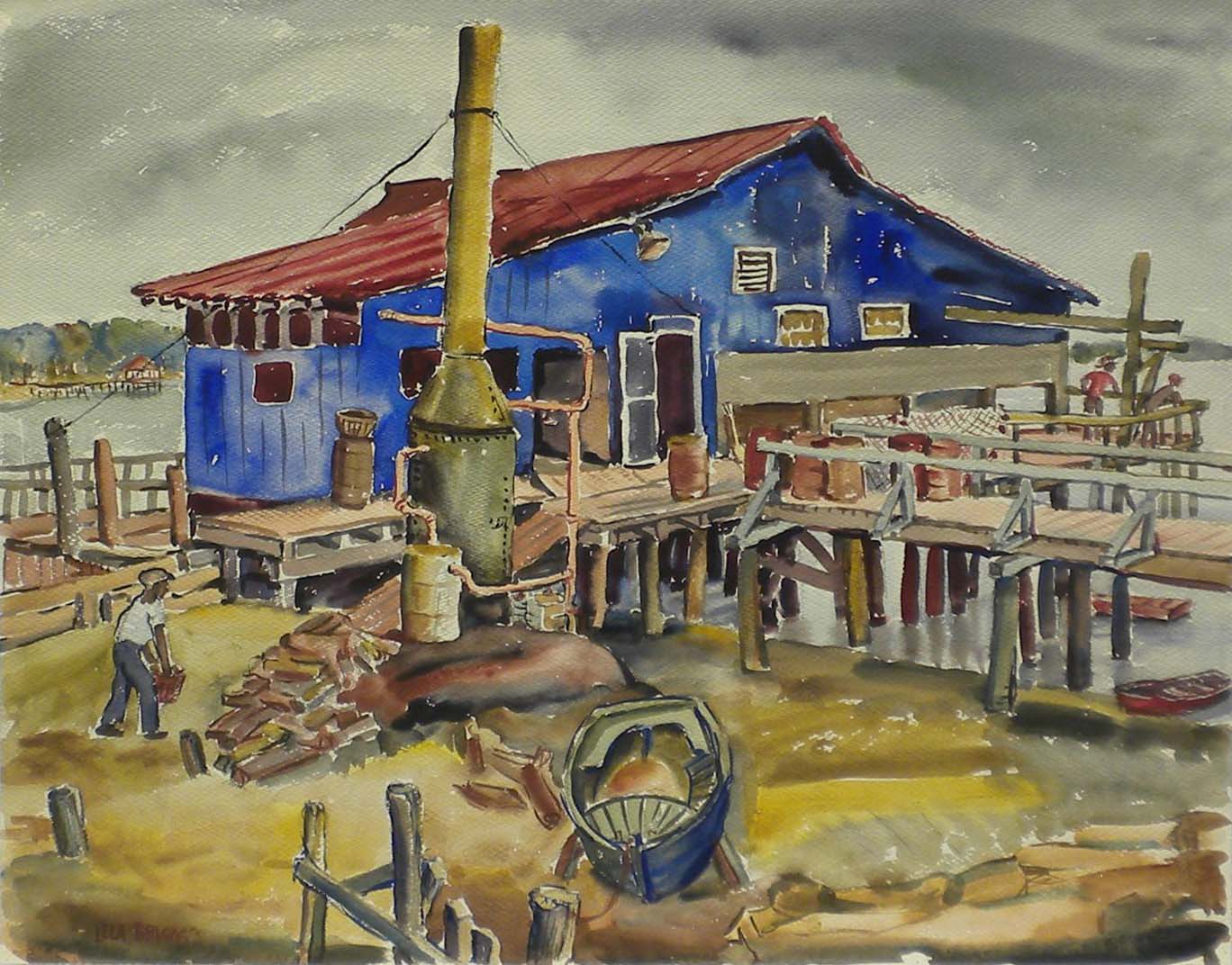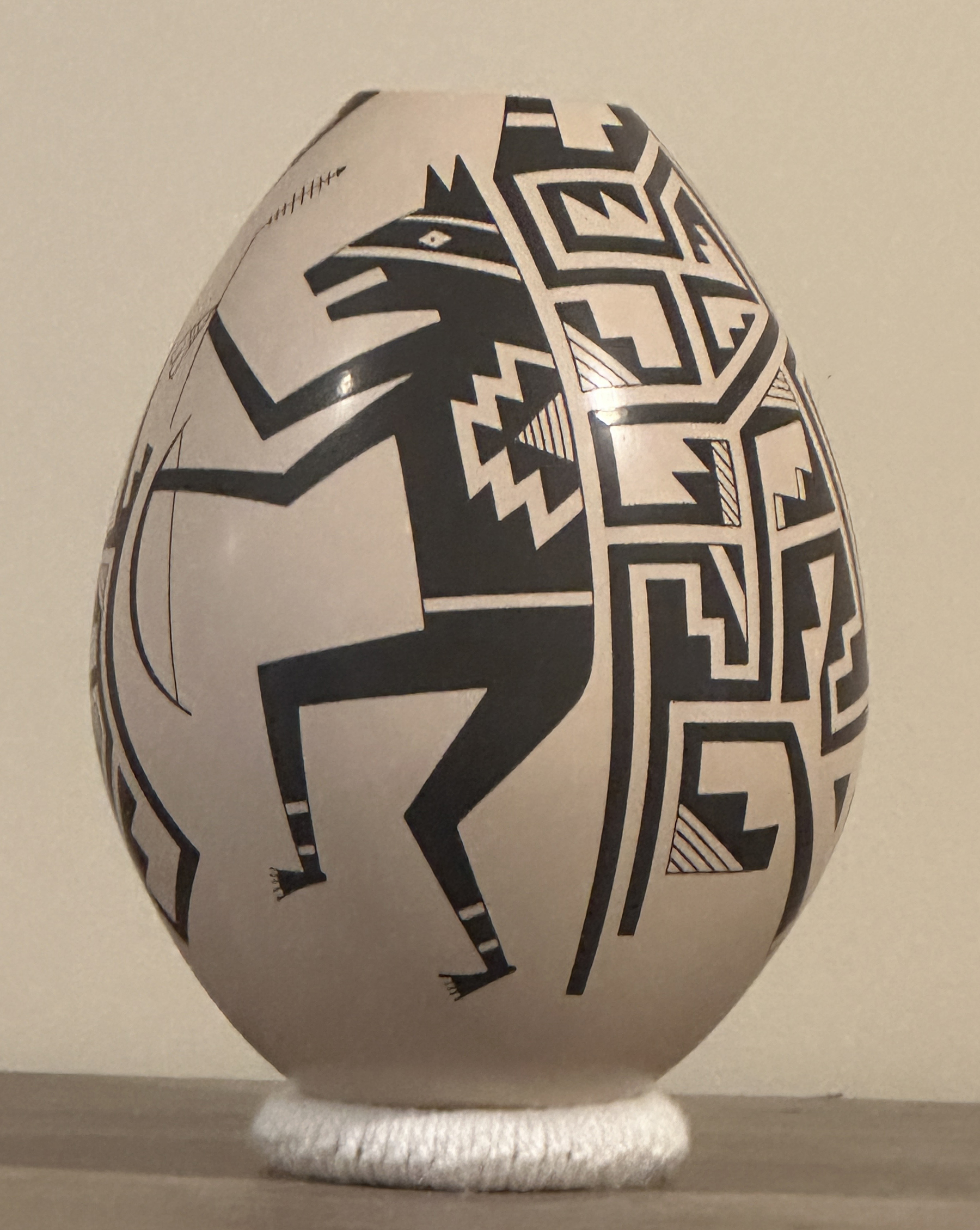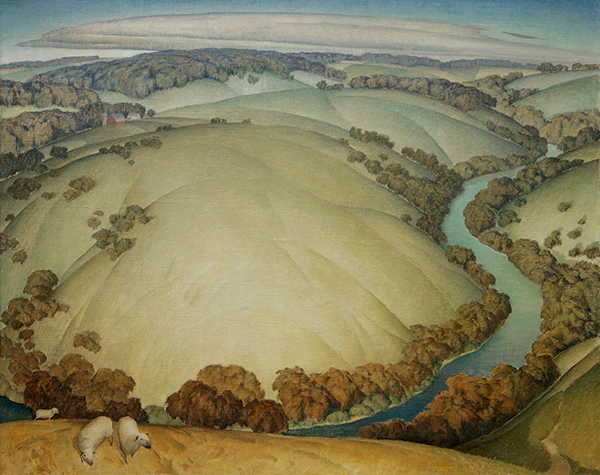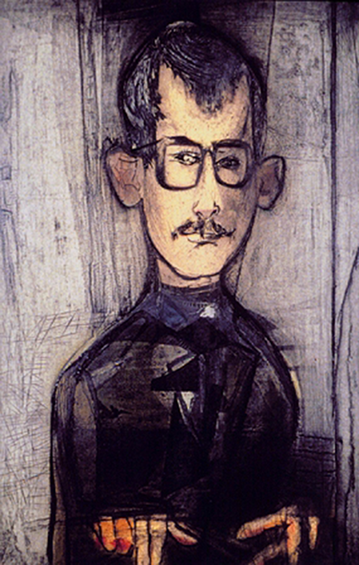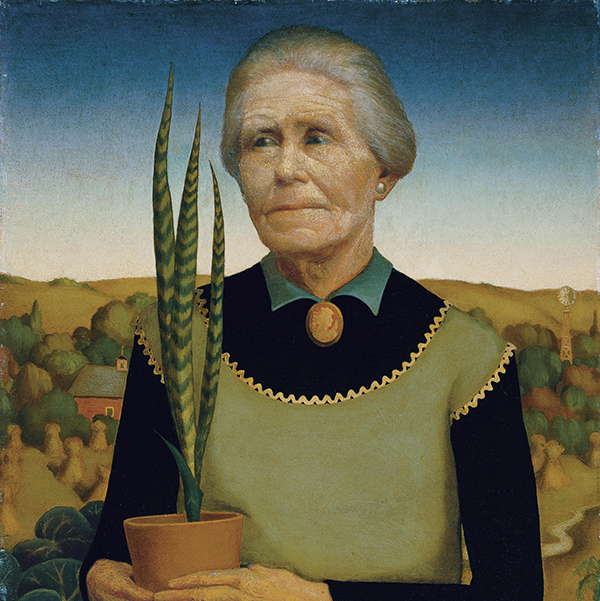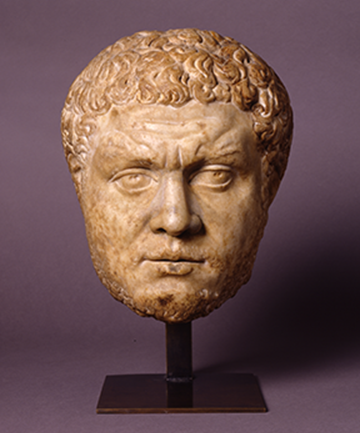Bertha Jaques
1863-1941
Born Bertha Clausen in Covington, Ohio in 1863, Bertha Jaques lived in Cedar Rapids from 1885 to 1889. She and her husband then moved to Chicago. She did not come to printmaking until she was in her 30's when, in 1893, she attended the Chicago Columbian Exposition where she saw prints by such notable artists as James Abbott McNeill Whistler, James Tissot, and Anders Zorn. She became immediately interested in the etching technique and her surgeon husband, William K. Jaques (an 1883 graduate of Cornell Collge whom she met in Mount Vernon, Iowa) fashioned tools out of surgical instruments so that she could etch copper plates. With the purchase of a printing press, Jaques made her first etching in Chicago in 1894. Her interest in the print never waned and her home and studio were the setting of many artistic events. Jaques was one of the founders of the Chicago Society of Etchers in 1910, serving as its secretary/treasurer for 27 years. During her 46-year career, she created 461 prints and more than 1,000 cyanotype photographs. Although largely self-taught, Jaques was an influential teacher and mentor, authoring a book, Concerning Etchings, in 1912. She was also an accomplished poet and self-published a number of volumes of her poetry.
As one of the first American etchers to popularize the medium in the United States, Jaques approached the art of etching with a keenly scientific mind by recording the details of every step in her printmaking process. In addition to more than 400 unique prints in the permanent collection, the Museum also has multiple states of many of her prints. These prints demonstrate the deliberate and precise methodology that allowed for dramatic differences between prints made from the same plate. Together with her cyanotypes and personal archives, the Cedar Rapids Museum of Art possesses the most complete collection of the work of Bertha Jaques for researchers and visitor interest in such an influential American printmaker.
As a graphic artist, Jaques' body of work can be divided between black-and-white prints of landscapes--both of the Unites States and from her foreign travels--and her botanical prints, many of which were hand-colored. Jaques is perhaps best known for her prints of wildflowers and ferns. Her interest in this subject matter grew out of her desire to present something that was not only beautiful to behold but also promoted wildflower preservation. Her travel scenes seldom focus on famous monuments or idyllic vistas. Instead, she present views of alleys, backyards, docks, and the other living, working areas of a city. Her choice of subject gives the viewer an uncommon look into the actual live of a city and finds the beauty inherent in such places. In all of her etchings, Jaques betrayed a sensitivity to the power of line as a communicator in the image. Jaques' own close attention to the world encourages her viewers to look anew at the beauty, subtlety, and fragility of the world around them.
Not only did Jaques succeed in a field dominated by male artists, but she also helped populariaze etching in America. Jaques's full impact on printmaking and photography at the dawn of the twentieth century is still under-recognized and ripe for reappraisal.
Works by Jaques are not always on display.
